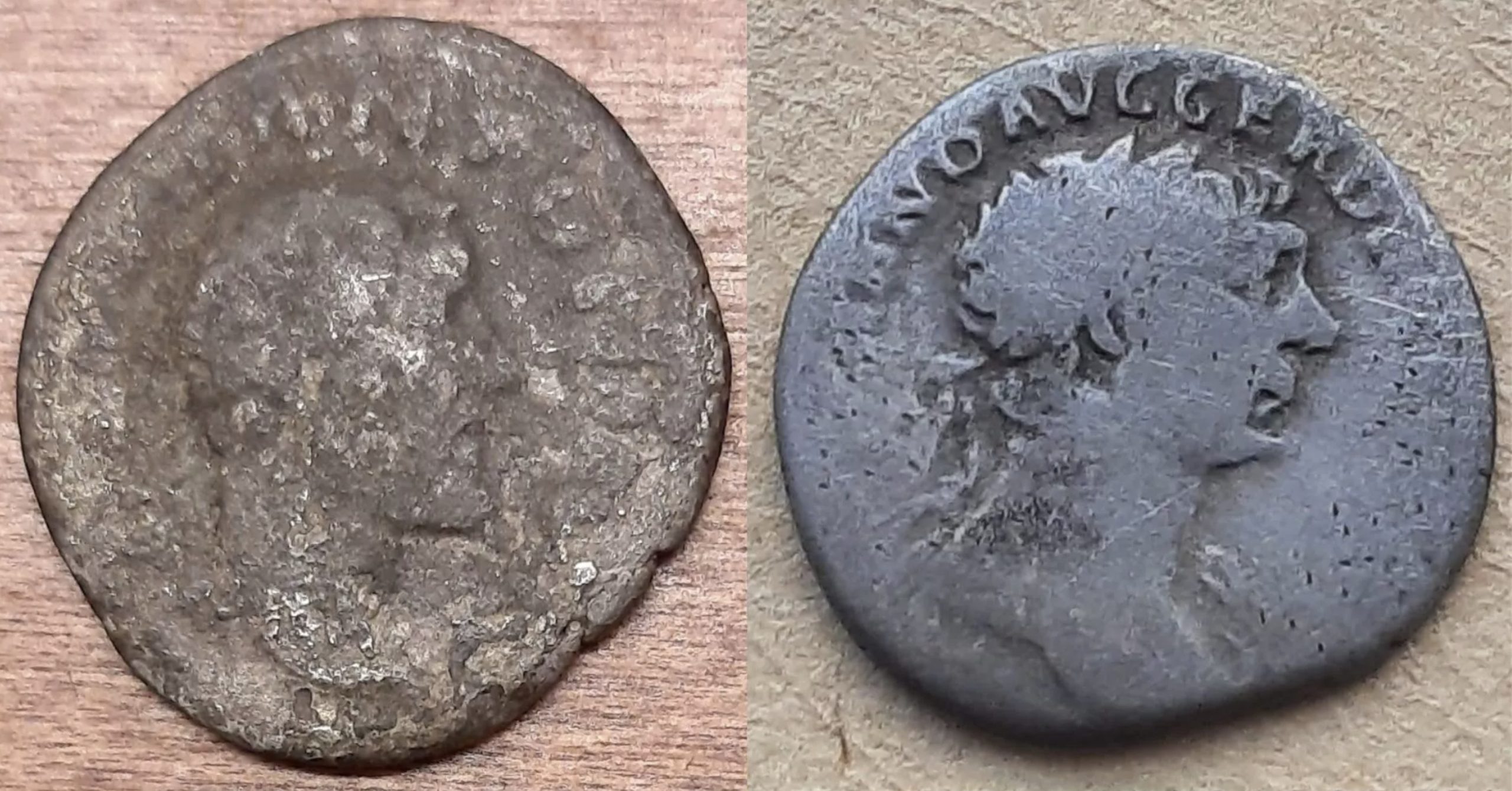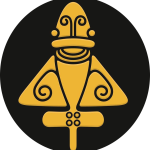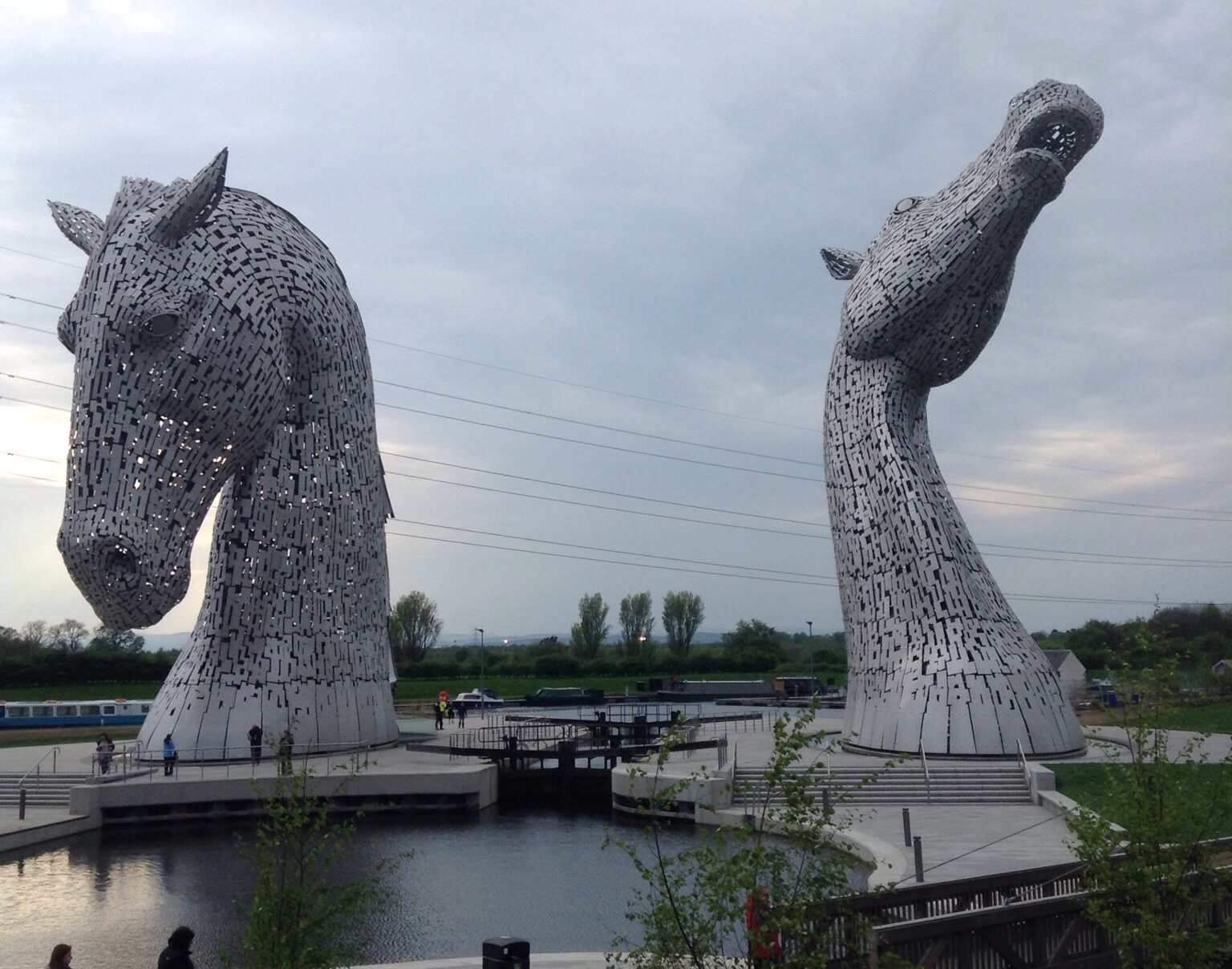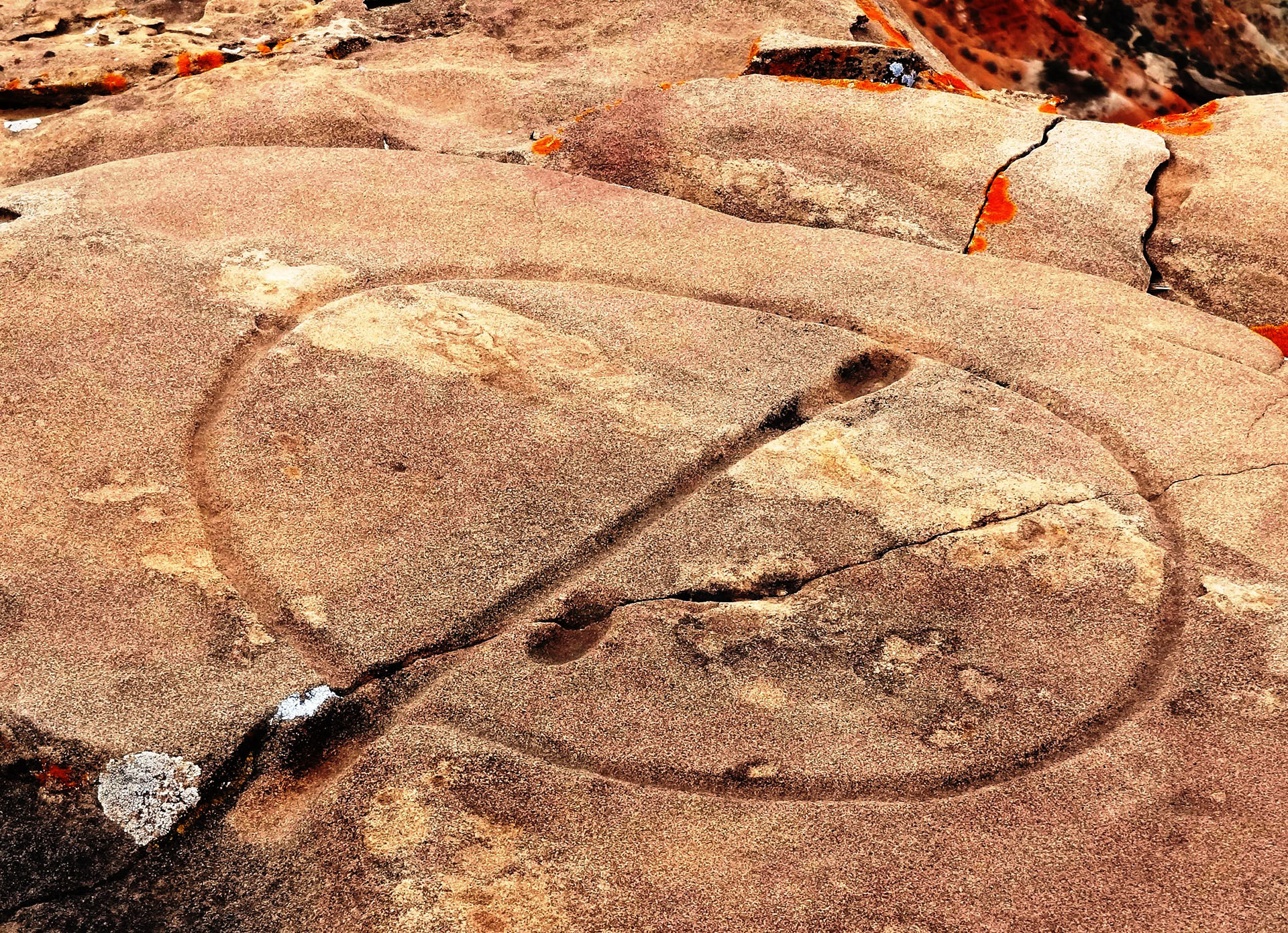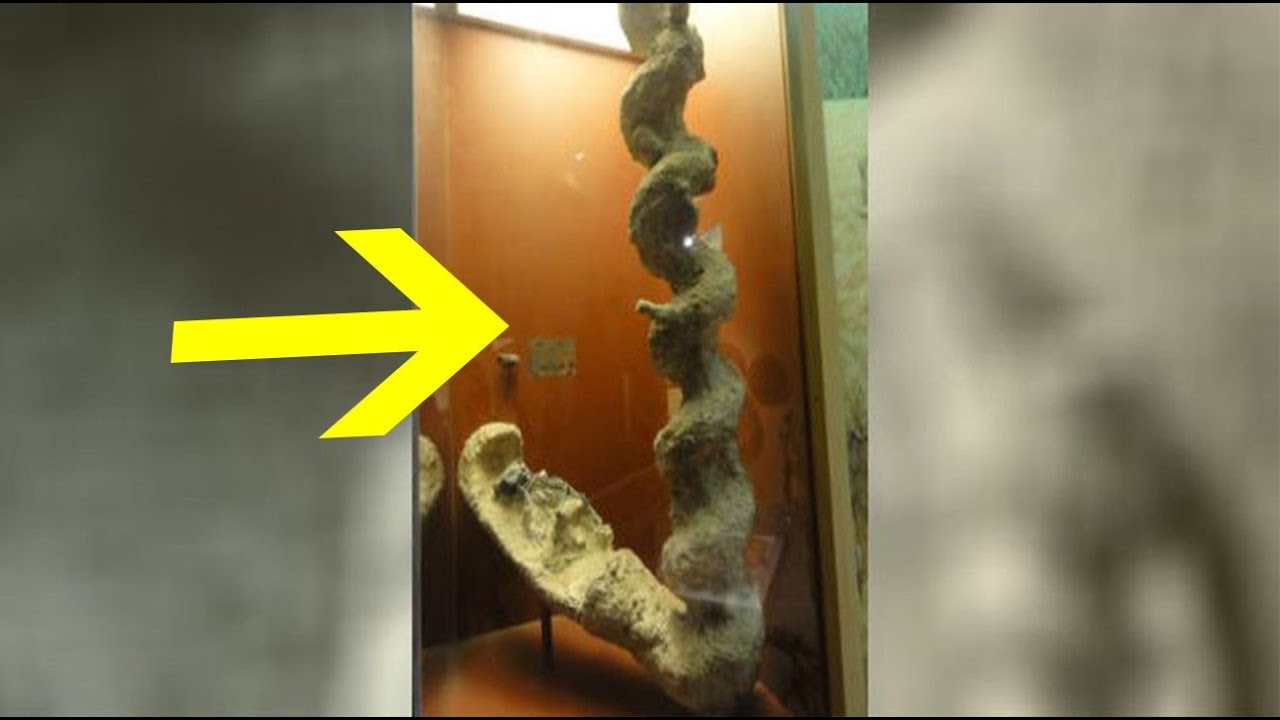As reported by Curiosmos, archaeologists are left bewildered as two Roman-era silver coins emerge on an isolated, uninhabited island in the Baltic Sea between Sweden and Estonia.
A Mystery Without Definitive Answers
This puzzling discovery leaves experts with mere speculation, as the coins may have been carried by Norse traders seeking refuge, lost amid a shipwreck, or brought by a Roman ship on a distant northern voyage.
Unearthing Ancient Denarii: A Timeless Currency
As reported by Live Science, the two silver denarii – Roman coins minted during the reigns of Emperors Trajan (AD 98-117) and Antoninus Pius (AD 138-161) – each weighed less than an eighth of an ounce (4 grams) and were valued at roughly a day’s wages for a worker at the time. The denarius, the primary Roman coin, lives on today as the word for “money” in several Latin languages. During the late Roman Republic and early Empire, one denarius represented a day’s wages for an unskilled laborer. Depending on comparisons to minimum wage or purchasing power parity, its modern value might range between $10 and $100.
Norse Traders, Shipwrecks, or Roman Adventurers?
Archaeologist Jonas Rönnby suggests that the enduring value of the silver in these coins may have prompted Norse traders to transport them to Gotska Sandön while escaping storms. Alternatively, shipwreck survivors in the hazardous waters around the island might have brought the coins, or even Romans themselves, although no written evidence of Roman journeys to the Baltic exists.
Link to Larger Islands and Lingering Questions
While similar discoveries have been made on the nearby, larger island of Gotland, the find on the desolate Gotska Sandön is more surprising. The island, once inhabited by 19th-century lighthouse keepers and frequented by pirates and shipwrecks, remains uninhabited today. Daniel Langhammer, an archaeologist managing the island’s cultural heritage, notes that the mystery surrounding the coins’ origin may never be solved.
Deciphering the Island’s Enigmatic Past
A team of researchers, including osteologist Sabine Sten from Uppsala University, plans to return to the island’s beaches in late 2023, hoping to progressively reveal the site’s fascinating history.
📚📖 Make sure to join Ancient Library on Telegram, and become part of a unique group 👉🏻 https://t.me/theancientlibrary
If you want to help us out and support the page, you can buy us a coffee ( we really appreciate it) 👉🏻 https://www.buymeacoffee.com/ancientlibrary
I am the Librarian, and I, together with the guardians of the Ancient Library, curate content for this site. Welcome, and enjoy your stay.
-
The Librarianhttps://ancient-library.com/author/ivan/
-
The Librarianhttps://ancient-library.com/author/ivan/
-
The Librarianhttps://ancient-library.com/author/ivan/
-
The Librarianhttps://ancient-library.com/author/ivan/
